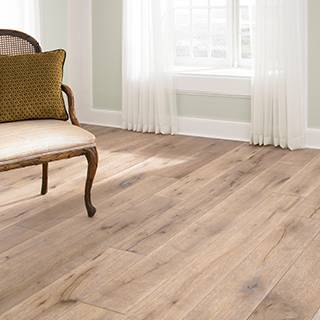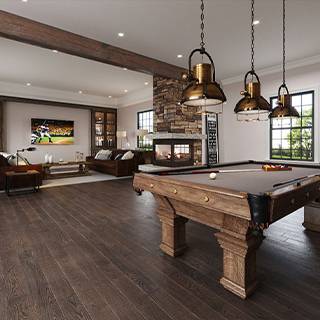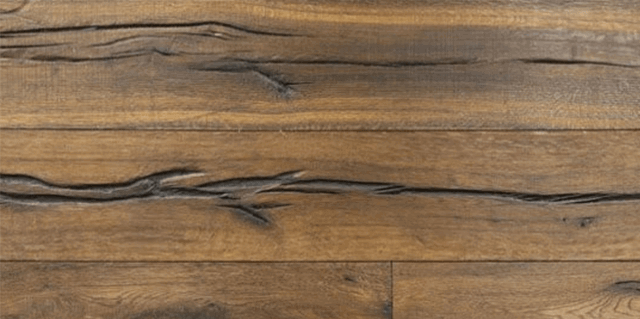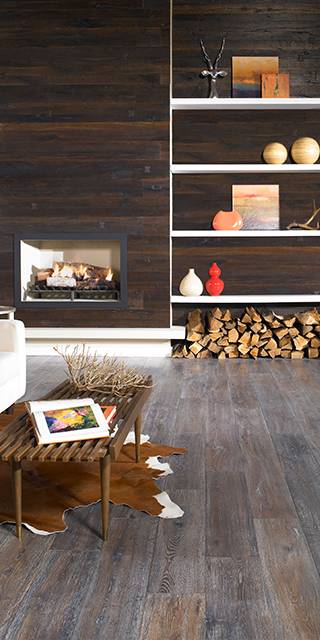5 Small Changes That’ll Make a Big Difference With Your Hardwood Floors
January 29, 2019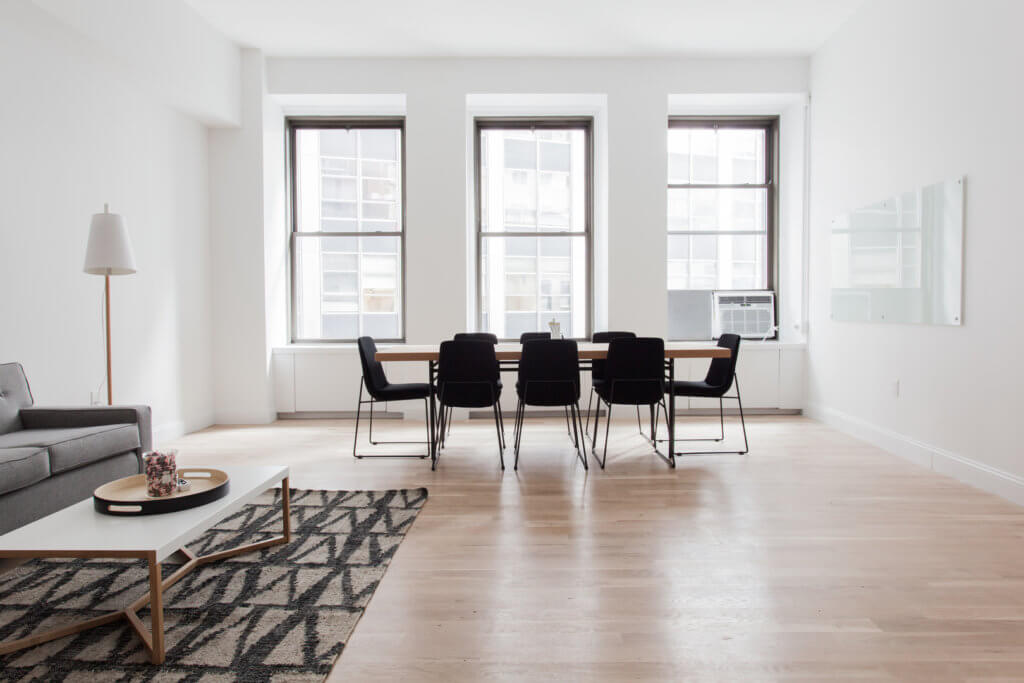
Whether you’ve moved into an older home or the home you’ve lived in for years has hardwood flooring, sometimes it just needs some freshening up.
Hardwood flooring is durable, made to withstand years of use and abuse while still looking beautiful. However, over time they may start to look dull or scratched from moving around furniture or appliances.
However, you can make some little changes that will have a significant, positive effect on your flooring, without having to take out a loan or hire a professional.
1. Make Your Old Hardwood Floors Look New

When was the last time you refinished your floors? Maybe it looks like it needs to be done, but most times, it isn’t really necessary. You just want to do something to it, not only to regain its beauty but also for some added protection.
Instead of getting estimates for refinishing your hardwood floors, you may just need a recoating. Recoating adds a fresh layer of protection that adheres to the original or previous floor finish; this is a safer, faster and easier process than completely refinishing the floor.
The fresh coat of finish, when placed on top of the old finish, will improve the look of your floors and add protection while saving you time and money.
If you must do a complete refinishing due to the age and condition of your hardwood floors, you may be able to change the color while you’re at it for a fresh new look.
2. Go for Light Cleaning to Get Consistent Floor Shine

Cleaning hardwood floors do not have to be a strenuous, time-consuming task. However, you want to make sure you’re using the right cleaning solution so you don’t damage the floors.
If your flooring has a wax finish, you should use a cleaning/waxing compound to remove any embedded dirt and add a fresh coat of wax to the floor.
If you have Polyurethane-coated hardwood floors, you simply need a vinegar and water solution to give them a good cleaning.
How can you tell what finish is on your floors?
Drip some water on it. If the water beads up and stays on top of the floorboards, you most likely have a polyurethane finish. You can keep a bottle of vinegar and water on hand for quick clean-ups.
If the dripped water soaks into the floor, it’s most likely a wax finish and you’ll need the compounding cleaner.
In between regular cleanings, you can use a dry dust mop or broom to sweep up dry spills.
3. Check the Temperature and Humidity Levels in Your Home

A simple change of your thermostat can have a positive or negative impact on your hardwood floors. Since woods are naturally porous, they will expand and contract during the year depending on the season.
Extreme humidity and moisture in the air may cause the wood to buckle or create gaps between the floorboards if you aren’t practicing proper maintenance.
The ideal settings for protecting and maintaining beautiful hardwood floors over time are:
- Temperature: 60-80 degrees Fahrenheit
- Humidity: 30-50 percent
Certain rooms during particular seasons may require the use of a humidifier or dehumidifier to protect your floors. You’ll want to use a humidifier during winter seasons as low humidity may cause the wood to shrink. A dehumidifier will lower the humidity levels in the summer.
During installation, if you live in a humid climate, it’s a must to lay a floor moisture barrier.
4. Use Floor Protectors on Furniture to Avoid Major Damage
If you have young people living with you, you’ve probably at some time had to tell them to pick up the dining room or kitchen chair to move it and not slide it across the floor, which could easily start scratching the floor with the constant scraping.
No matter what type of wood flooring you have, all woods have the natural tendency to sustain scratches or dents. Even with a quality finish on the flooring, hardwood floors are still susceptible to some damage. If your floors are made with hickory or hard maple wood, they made be more resistant to dents, but it is always better to be safe and not risk the damage.
Adding furniture pads to the bottoms of chair legs will eliminate the possibility of the chair scratching the flooring as the chair scrapes back into place.
Whenever you have to move heavy furniture around or just slide a chair to a different area in the room, it’s best to use rugs or furniture pads to prevent any possible damage to your floors from scratching.
5. Accent Area Rugs in High-Traffic Areas of Your Room

You may not want to completely cover your hardwood flooring with wall-to-wall carpeting, especially if the floors are freshly installed or newly refinished or recoated.
However, you can accent areas of a room or rooms with a quality area carpet to highlight the decor and complement the beauty of the flooring.
You want to select rugs that not only accent the decor of your room, but you want to complement and bring out the beauty of the flooring itself.
In addition to the area rug, it’s best to place a thick rug pad under it for added comfort. Thicker pads are best used under furniture that won’t be moved often, like a coffee or side table.
To keep the carpet from sliding around in an open area, choose thinner pads that provide more grip and keep the rug flush with the floor. This also prevents people from possibly tripping on the edges of the carpet.
Use caution when deciding where to place an area rug, though. If the room receives direct sunlight, for example, the kitchen or a Florida room, direct sunlight may lighten the hardwood floors except where the rug is. Over time, this may cause some discoloration between the covered and uncovered areas of the flooring.
Let us show you how to select the best hardwood floors.


